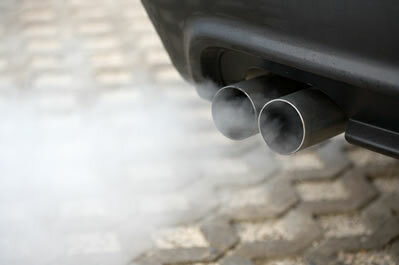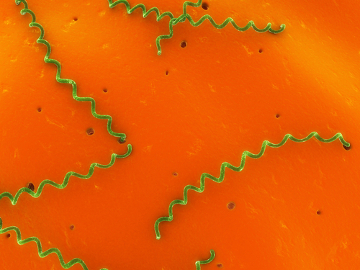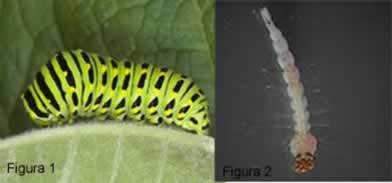The air we breathe is made up of a mixture of gases. It is extremely important for our lives and those of other living beings. When the air becomes polluted, the concentration of chemical substances increases (pollutants) harmful to our health and this can cause allergies, poisoning, etc.
THE air pollution is mainly caused by vehicle engines, industries such as steel, refineries, cement and paper factories; burned and incineration of household waste.
Vehicles as cars, buses, motorcycles, trucks etc. are considered the main air pollutants, because they release a colorless gas (no color) and odorless (no smell) extremely toxic, known as carbon monoxide (CO). This gas has the ability to bind to hemoglobin, forming a compound called carboxyhemoglobin, which prevents the transport of oxygen by red blood cells, hindering tissue oxygenation, leading to loss of consciousness and even death.
Cars are also responsible for releasing particles that are suspended in the air, produced mainly by the wear of tires and brakes.

Automobile exhausts release toxic gases into the air
THE diesel oil burning for some cars and of mineral coal by industries produce sulfur dioxide (ONLY2) and nitrogen dioxide (AT THE2), toxic gases that cause various respiratory disorders in humans, such as asthma and bronchitis. These two gases react with water vapor found in the atmosphere, forming sulfuric acid (H2ONLY4) and nitric acid (HNO3), which dissolve in the water of clouds and fall to earth and in the form of acid rain.
At acid rain they alter the composition of the soil, causing damage to plantations, forests and aquatic ecosystems, in addition to corroding buildings, houses, monuments, etc.

In the image we can see a building corroded by acid rain
Steel industries and cement factories are also responsible for air pollution. They release silica particles (SiO) into the atmosphere.2) which are suspended in the air, causing lung diseases like fibrosis and emphysema.
During the winter, because of air pollution, it is very common to occur, in big cities, a phenomenon we call thermal inversion. During this phenomenon, there is no dispersion of gases, which end up being very close to the ground, causing irritation of the respiratory tract and respiratory problems, especially in children.
Take the opportunity to check out our video lesson on the subject:



